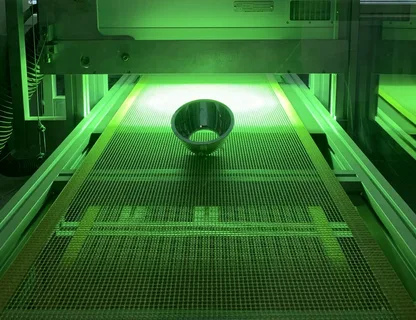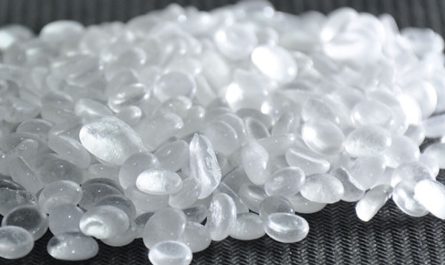Ultraviolet (UV) coatings have gained immense importance in various industries over the past few decades. With their ability to cure instantly with the help of UV light, these coatings offer significant advantages over traditional solvent-based coatings. In this article, we will explore in detail the various benefits of UV coatings and how they add value across different industrial applications.
Instant Curing
One of the major advantages of UV coatings is their ability to cure within seconds of exposure to UV light. Traditional coatings require extended drying times ranging from minutes to hours depending on the type of coating used. The instant curing ability of UV coatings allows for faster processing and high throughput. Products can quickly move from one processing stage to another without extended wait times. This leads to improved operational efficiency, cost savings from reduced production cycles and quick return on investment for industries.
No Solvent Emissions
Traditional solvent-based coatings release volatile organic compounds (VOCs) into the atmosphere during drying and curing. These solvent emissions are a major source of air pollution and health hazards. UV coatings cure via a photochemical reaction when exposed to UV light and do not release any VOCs. They are 100% solids formulations without any solvent content. This makes UV coatings an environmentally friendly and sustainable option ideal for industries aiming to reduce their carbon footprint. Use of UV coatings helps companies comply with stringent environmental regulations regarding VOC emissions.
Superior Film Properties
Once cured, UV coatings form durable films with excellent properties like good mechanical strength, chemical resistance and abrasion resistance. They create hard, glossy finishes even in thin films. These superior film attributes allow UV coatings to effectively protect surfaces and increase the lifespan of coated products. For example, UV coatings are widely used in automotive refinish applications to provide a long-lasting, high-gloss paint finish on vehicle bodies. Several electronics applications also use UV coatings for their scratch and chemical resistance.
Wide Range of Industrial Applications
Due to the unique advantages offered, UV coatings today are used across various industrial sectors including:
– Packaging – UV coatings are used for coating cartons, labels, films and other packaging materials to provide barrier protection and extend shelf life. Curing in seconds allows high-speed package coating.
– Wood Finishing – UV coatings create durable, scratch-resistant and abrasion-resistant finishes on wood floors, furniture, cabinets etc. increasing product lifespan.
– Plastic Molding – UV coatings are ideal for plastic injection molding applications allowing parts to be ejected immediately after curing without drying delays.
– Printed Electronics – UV-curable inks are used for printing conductive tracks, dielectrics and solder masks in applications like touch panels, antennas, sensors etc.
– 3D Printing – UV-curable resins enable fast 3D printing of parts with robust features and properties. Post-processing is not needed.
– Automotive – UV-curable coatings are widely employed in automotive refinish, trim parts coating and headlamp lens coating applications.
– Industrial Coatings – UV coatings protect machinery, conveyor belts, rolls and other metal components against corrosion and wear.
As can be seen, UV coatings deliver outstanding advantages across a wide range of applications by easing processing, boosting productivity, reducing emissions and enhancing performance attributes. Their versatility and sustainability make them highly valuable for modern manufacturing industries.
Low Capital Requirements
Transitioning to UV coating technology requires relatively lower capital investments compared to traditional solvent-based systems. UV curing equipment like lamps and power supplies are compact in size and easy to integrate into existing production lines. This facilitates quick installation and commissioning of UV coating systems. Minimal modifications are needed to production workflows. Low capital and operational costs combined with advantages like faster curing allow industries to quickly realize return on investment from UV coating technology adoption.
Continuous Technological Advancements
UV coating material and equipment technology is continuously evolving. New generations of UV Coatings Value with enhanced properties like higher gloss, chemical resistance, flexibility etc. are being developed. Introduction of efficient mercury vapor and LED UV curing lamps has increased curing speeds further. Advanced coating robots and automation solutions precisely apply UV coatings at high speeds. Real-time process monitoring and closed loop controls now optimize cure uniformity. These technological innovations are continuously expanding the capabilities of UV coating systems and driving their greater value and uptake across diversified industry segments.
In conclusion, UV curing technology has revolutionized industrial coating applications with its instant curing abilities, zero VOC emissions and advantageous film performance attributes. It offers multifaceted benefits like improved productivity, environmental sustainability and cost savings. Backed by advancing material science and equipment innovations, UV coatings are becoming ubiquitous across various high-growth manufacturing sectors. Their increasing value proposition will surely lead to wider adoption across more industrial domains in the future.
*Note:
1.Source: Coherent Market Insights, Public sources, Desk research
2.We have leveraged AI tools to mine information and compile it



